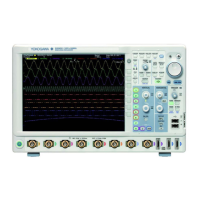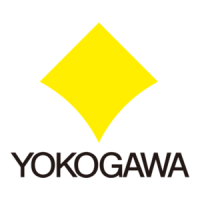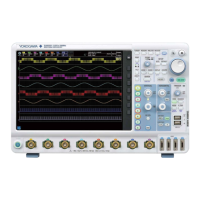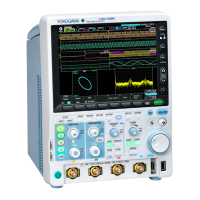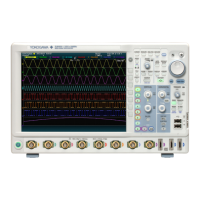5-292
IM 710105-17E
*OPC? (OPeration Complete)
Function If you send *OPC?, the DLM2000 returns ASCII
code 1 when the specified overlap command is
completed.
Syntax
*OPC?
Example
*OPC?
-> 1
Description • For information about how to synchronize a
program using
*OPC?
, see page 4-8.
• The
:COMMunicate:OPSE
command is used
to specify the overlap command.
• If
*OPC?
is not the last command of the
message, its operation is not guaranteed.
*OPT? (OPTion)
Function Queries the installed options.
Syntax
*OPT?
Example
*OPT?
-> CH62.5MW,PRINTER,LOGIC,GPIB,ETHER,
STORAGE,I2C,CAN,LIN,SPI,UART,PROBEPOW
ER4
Description • The DLM2000 returns <memory model> and
the availability of these options:<printer>,
<switching logic>, <GP-IB>, <Ethernet>,
<internal storage>, <I2C analysis feature>,
<CAN analysis feature>, <LIN analysis feature>,
<SPI analysis feature>, <UART analysis
feature>, <rear-panel probe power>
• The
*OPT?
query must be the last query of a
program message. An error occurs if there is a
query after the *OPT query.
*RST (ReSeT)
Function Resets the settings.
Syntax
*RST
Example
*RST
Description Also clears
*OPC
and
*OPC?
commands that have
been sent.
*SRE (Service Request Enable
register)
Function Sets or queries the service request enable register
value.
Syntax
*SRE <NRf>
*SRE?
<NRf> = 0 to 255
Example
*SRE 239
*SRE?
-> 175
Description • Specify the value as a decimal format sum of
the values of each bit.
• For example, specifying
*SRE 239
will
cause the standard enable register to be set
to 11101111. In this case, bit 4 of the service
request enable register is disabled. This means
that bit 4 (MAV) of the status byte register is not
set to 1, even if the output queue is not empty.
• Bit 6 (MSS) of the status byte register is the
MSS bit itself and is therefore ignored.
• The default value is
*SRE 0
(all bits disabled).
• A query using
*SRE?
will not clear the contents
of the service request enable register.
• For information about the service request
enable register, see page 6-1.
*STB? (STatus Byte)
Function Queries the status byte register value.
Syntax
*STB?
Example
*STB?
-> 4
Description • A sum of the values of each bit is returned as a
decimal value.
• Because the register is read without executing
serial polling, bit 6 is an MSS bit, not an RQS
bit.
• For example, if a value of 4 is returned, this
indicates that the status byte register is set to
00000100. This means that the error queue is
not empty (in other words, an error occurred).
• A query using
*STB?
will not clear the contents
of the status byte register.
• For information about the status byte register,
see page 6-2.
*TST?
Function Performs a self-test and queries the result. The
self-test consists of tests of each kind of internal
memory.
Syntax
*TST?
Example
*TST?
-> 0
Description The DLM2000 returns 0 if the self-test is
successful and 1 if it is not.
5.38 Common Command Group

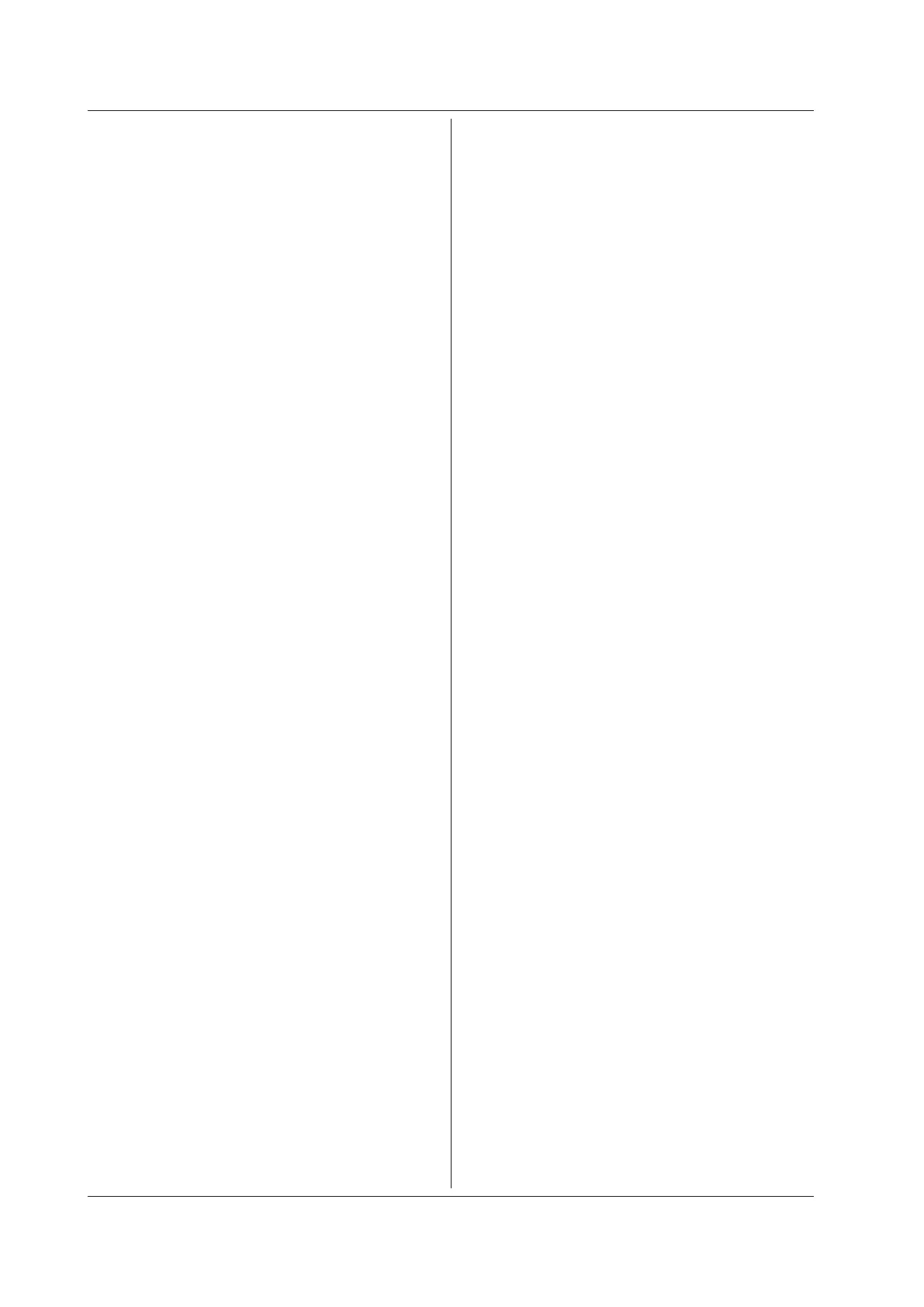